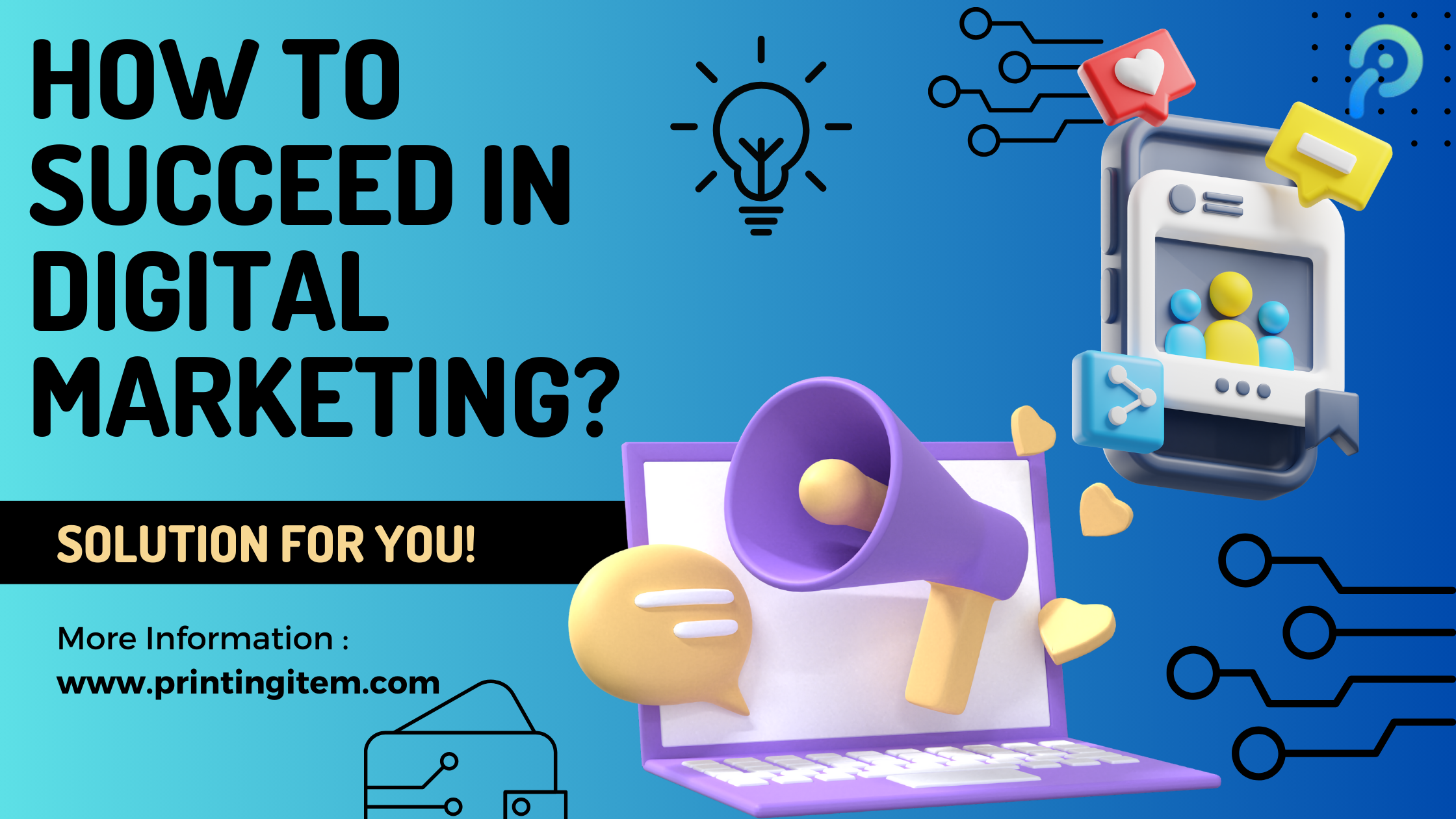
Opening and operating a successful gym can be a very rewarding business, but it requires careful planning and dedication. Above everything else, success requires prior knowledge of the industry. The following tips will give you insight into how to get ahead successfully in the gym business.
1. Do Market Research
Understand Your Market: Before opening your gym, you need to understand who your market is. Are you targeting people into fitness, beginners, athletes, or particular groups such as seniors and women? By learning the needs, preferences, and behaviors of your clientele, you will be able to structure your services accordingly.
Competitor Analysis: Observe your local competitors. What services will they provide? What are their pricing mechanisms? Find market gaps that your gym can fill, like special classes or unique facilities.
2. Business Planning
A good business plan is the backbone of every successful venture. It shall contain:
Summary: Summarize the mission, vision, and objectives of your gym.
Market Analysis: A summary of your findings, entraining you through the various opportunities and challenges you are likely to face.
Marketing Strategy: Develop a plan to win and retain customers. An idea would involve social media marketing, events within the community, and partnerships.
Operational Plan: Describe how your facility will be operated. This includes hours of operation, staffing, and facility management.
Financial Projections: Estimate your startup costs, ongoing expenses, and revenue projections. This is important for funding purposes should you need it.
3. Choose the Right Location
Accessibility: Make sure to pick a location to which your target market could have relatively easy access. Take into consideration the visibility of the locale, availability of parking, and proximity to major residential areas or employment hotspots.
Space Requirements: Large enough to accommodate the facilities that you want to construct inside the space: gym equipment, class studios, lockers, and lounge areas.
Lease Agreements: Negotiate for favorable leasing terms. While a longer lease would provide more stability, it should also give enough leeway to expand.
4. Design Your Gym
Layout and Equipment: Design an effective and efficient layout for flow and access. Purchase good quality and variant equipment for a range of exercises.
Ambiance: Offer an appealing ambiance with regard to décor, lighting, and music. Consider what type of atmosphere you would want to achieve: energizing, calming, or communal.
Amenities: Special touches that could make a customer's visit more special may include showers, saunas, nutrition bars, and wellness services such as massage and personal training.
5. Building Brand Awareness
Create a USP: Determine what sets your gym apart from every other one. Maybe it is the specialty classes, personal training, events, or specialty equipment offered.
Create Catchy Name and Logo: Naming and branding should reflect and connect with your target market, reflecting your USP.
Online Presence: A professional website and active social media accounts are a must to engage the audience, clients, and build a community online.
6. Marketing Strategies
Local Marketing: Advertise locally, distribute flyers, and collaborate with other businesses around to spread the word.
Social Media: Leverage platforms like Instagram, Facebook, and TikTok by posting fun content, success stories, and promotional offers.
Referral Programs: Incentivize your current members to invite their friends by offering discounts or freebies upon successful referrals.
Community Engagement: Organize local events, fitness challenges, or charity drives in order to build a community around your gym and create interest for new sign-ups.
7. Offer a Range of Services
Group Classes: Offer several group classes to fit all levels of fitness and interests, including yoga, HIIT, spin, and dance.
Personal Training: Offer one-on-one personal training sessions for those members that would like individual attention. This can be a big profit generator.
Nutrition Counseling: Consider offering nutrition coaching to help your members reach their fitness goals with more effectiveness.
8. Create Community Atmosphere
Social Engagement: Through group classes, events, and virtual online communities, build a community among the members.
Feedback Channels: Make feedback channels available to the member. Hear their feedback and make good use of it. Periodically check in with members to understand their needs and concerns.
Loyalty Programs: Loyalty programs reward long-standing members and ensure their retention.
9. Hire and Train Staff
Staffing: Hire trained, enthusiastic workers who are into and align with the culture of your gym. Examples include trainers, customer service representatives, and janitorial/maintenance personnel.
Training Programs: Provide regular training to keep staff informed about equipment, safety, and customer relationships.
Empower Employees: Allow staff to be friendly with members; this way, it will be easier to approach them, yielding more value from their services.
10. Financial Health
Monitor Revenue and Expenses: Read financial reports regularly to determine the cash flow, profit, and expenses. Accounting software makes many processes quite easy.
Adjust Pricing: Occasionally evaluate membership dues and services. The facility may offer promotional rates for attracting new members, seasonal discounts, or other types of discounts.
Emergency Fund: Always maintain a liquidated fund that can be used in case of any emergencies or a slowdown in the company's business.
11. Emphasize Customer Experience
Personal Touch: Learn the names of your members and acknowledge achievements. This can help develop personal relationships that ultimately nurture brand loyalty.
Cleanliness and Safety: Maintain a clean, safe, and well-maintained facility. Regularly inspect all equipment and facilities.
Feedback Loop: Provide avenues through which members may give feedback on their experiences. Encourage constructive criticism for continuous improvement.
12. Leverage Technology
Membership Management Software: Avail yourself of software that would support membership management, scheduling, payment, and communication.
Wearable Technology: Consider adding the integration of wearable technology through devices or fitness tracking apps that will add value to your service offerings for members.
Virtual Offerings: Consider online class offerings or hybrid models when the in-person attendance can be spotty. You will reach a larger demographic this way.
13. Be on Top
Constant Learning: Stay updated on what is new and hot in the industry, newly developed ways of working out, and new technologies. Attend workshops and conferences to stay sharp.
Adaptability: Be open to the change in your offerings to adapt with market trends and member preferences. This might lead to sparking innovation for further growth.
14. Evaluate and Adjust
Periodic Evaluations: The business strategy, financial health, and member satisfaction of the facility should be checked from time to time. Data will present all areas that might need reassessment.
Accept Change: Be ready to make changes in your approach, as time alters in the fitness industry. Relevance can only be achieved by agility and responsiveness.
You can contact us to take brand logos for your business. Brand logos are very important for every business. Brand logo & brand identity boosts people's business by 10x.
Conclusion:
Success with a gym business is multivariate: strategic planning, customer engagement, and love for fitness are all essential. Knowing the market, creating a strong brand, offering a range of services, and building community will create a successful gym that meets financial goals and most importantly affects members' lifestyles. Your gym will be able to cut through the noise of a competitive landscape to find long-term success with the right approach and dedication.




























